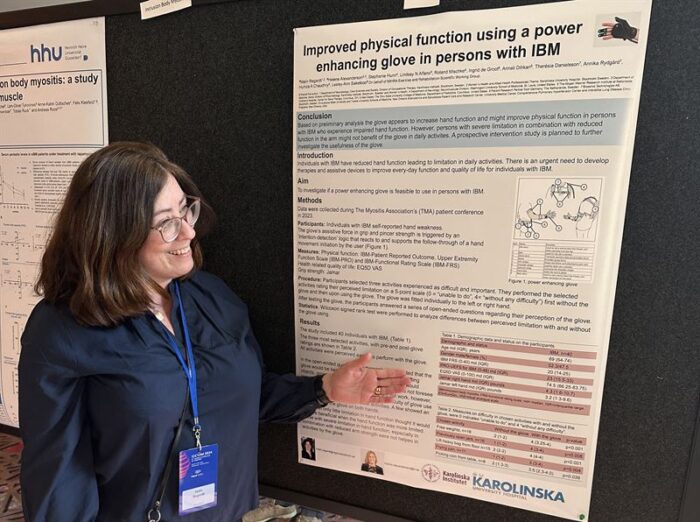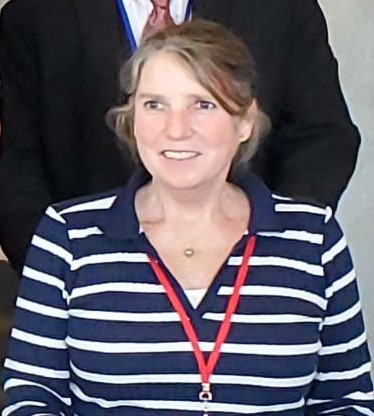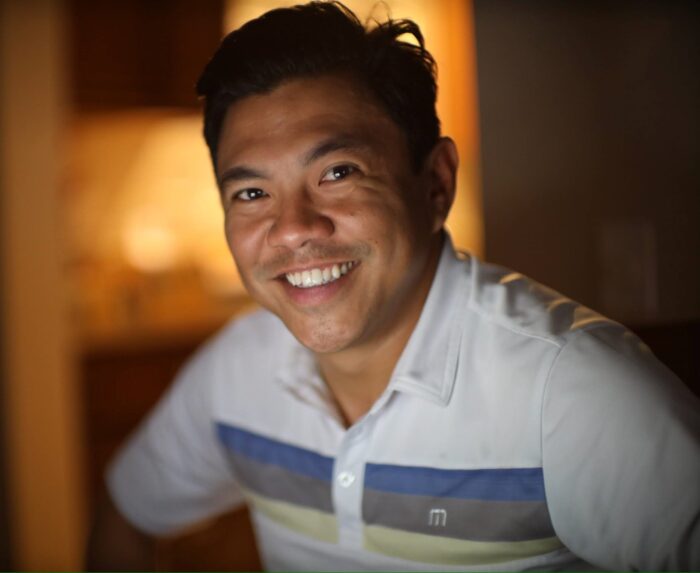When the NIH and FDA canceled their Rare Disease Day celebration in Bethesda on February 28, TMA brought the myositis community together virtually for the We Care for Rare Summit. In partnership with Nori’s Fight and Myositis International Health and Research Collaborative Alliance (MIHRA, community members shared the latest in myositis research and heard the stories of those who live with these diseases. This is a recap of some of the day’s scientific excitement.
Pride in rare disease and standing together for science
Those who live with myositis are a small but mighty group, but being rare makes large-scale clinical trials difficult. Things have started to change in recent years, however. There have been advances in genetic research and the ability to diagnose myositis. New drug targets and the processes needed to make clinical trials successful have been discovered. The myositis community itself has also played a role, both through individual advocacy and new organizational partnerships.

Joining forces. The Carbonhand study is an impressive example of what can happen when the myositis community comes together. Through a global team of physical and occupational therapists and physicians, researchers were able to secure approval to begin a study of this innovative assistive technology in only two weeks. TMA was there to provide a space and the patients during the 2023 International Annual Patient Conference where researchers could gather data on the device. The manufacturer helped by providing the device for testing and the training necessary to use it.
Ensuring the community voice is driving research. While CAR-T cell therapy provides a new treatment option, many patients and providers have concerns. In response, Myositis International Health and Research Collaborative Alliance (MIHRA) is working to develop patient-centered, patient-driven communication protocols and educational materials. They are also building algorithms to define refractory treatment and treatment failure; creating models for starting research sites; and enabling dialogue between regulatory agencies, industry, patients, and investigator communities.
Flash Talks in Myositis Science

Witnessing powerful patient-driven change in action. A group of women calling themselves the Heavy Lifters discussed their patient-led research project designed to call attention to a hidden bias in myositis testing. These normally athletic women noticed that their active myositis symptoms were not accurately detected by measurement tools such as manual muscle testing (MMT). Normal performance on this test is assumed to mean the patient is well or improving and is used as a rationale for withholding, delaying, or decreasing treatment. Those with high baseline muscle development, however, often test normal on the MMT, despite functional weakness. The Heavy Lifters used research evidence and patient stories to develop patient-relevant guidance for clinicians with the hope of changing how they evaluate disease activity.
Hearing patients with myositis skin symptoms. Skin issues and fatigue are significant issues for those who live with dermatomyositis. However, clinical trials often use a measure that does not include skin symptoms. This may lead to some patients with mostly skin symptoms being left out of clinical trials and not having access to some newer medications. TMA medical advisor Dr. Victoria Werth suggested an option may be the Dermatomyositis Outcomes for Muscle and Skin, also called DMOMS. This measure is simpler than others and captures both muscle and skin responses to treatment.
Exercise is vital in myositis. Exercise is more than physical activity. It is physical activity with the goal of improving fitness. TMA medical advisor Helene Alexanderson presented several studies that demonstrate some of the benefits of physical activity for those who live with myositis. These include positive effects on physical elements, such as lung capacity, muscle strength, and endurance. They also include positive effects on inflammation, muscle health, fatigue, and mental well-being.
Strength lies in unity. Translational science is an area that brings basic science closer to use in real-world medicine. For example, research has shown that some processes of aging are similar to those in inclusion body myositis (IBM). TMA medical advisor Dr. Elie Naddaf suggested that research in aging may be “translated” into research in IBM. This may also lead to new treatments.
On the go in myositis. Dr. Naddaf also discussed mitochondria, tiny elements inside our cells known as “powerhouses” of the cell. Mitochondria evolved from bacteria. Now, we think of them as inside human cells where they play several roles. New research, however, has also found them outside of cells. Because of their similarities to bacteria, this can trigger an immune response. For myositis, this could provide a new set of biomarkers that could help with monitoring disease and guiding treatment.

Lung disease in a complex condition. MDA-5 associated dermatomyositis involves multiple systems in the body. This usually includes the skin and muscle. But its symptoms can also be very different from patient to patient. Julia Nickerson, cofounder and president of the nonprofit advocacy organization Nori’s Fight, told the story of her partner, Noriel Cunanan, who lost his battle with MDA-5 DM and interstitial lung disease (ILD) in 2024. Lung symptoms came on very quickly and quickly sent him spiraling. Julia’s organization is working to raise awareness of myositis, push for faster diagnosis, and fight for research and better treatments.
“Nori and I always believed that no matter how hard things get, we have a choice in how we respond. Even in our darkest moments, we can still create light.” –Julia Nickerson.
